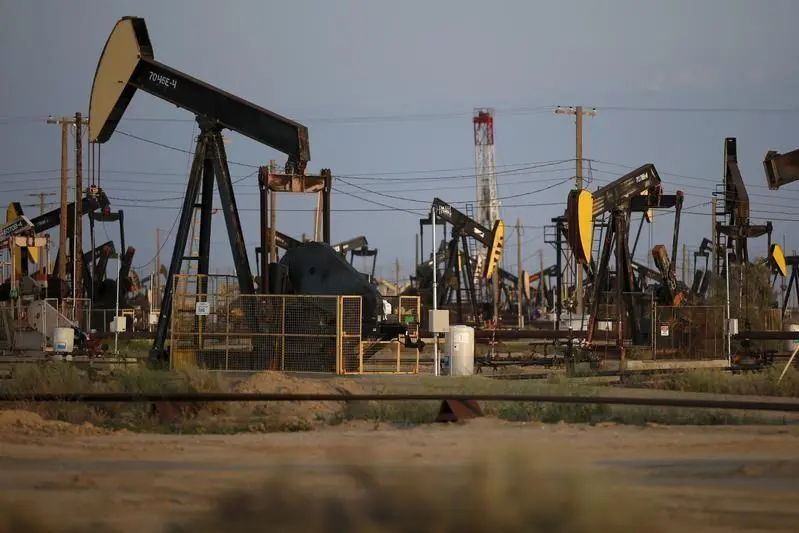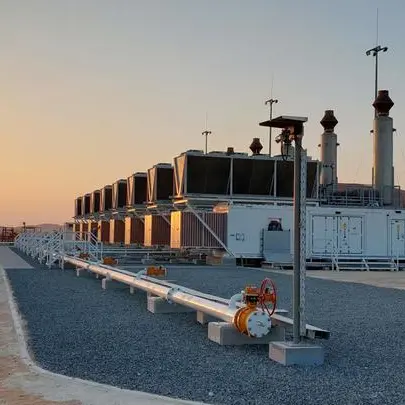PHOTO
By John Kemp
LONDON, April 25 (Reuters) - U.S. refiners have become a powerhouse of distillate exports, causing the supply-demand balance for fuels from the middle of the barrel to tighten in the United States despite a very warm winter.
Exports of distillate fuel oil rose to a record 1.4 million barrels per day (bpd) in the week ending April 14, according to the U.S. Energy Information Administration.
So far this year, exports have averaged almost 1.1 million bpd, during what is normally a seasonal lull, and will likely accelerate over the summer months.
The result is that U.S. stocks of distillates, such as home heating fuel and diesel fuel, have emerged from the end of winter looking somewhat tight despite heavy levels of refinery processing.
Distillate stocks stood at 148 million barrels on April 14, which was 19 million barrels above the 10-year average but 13 million barrels below the level at the corresponding point in 2016.
Stocks have been tightening against both the prior-year level and the 10-year average since the start of February and only high levels of refinery processing have kept them from drawing down even further.
Even so, stocks have fallen by almost 15 million barrels since the start of 2017 compared with an average decline of about 10 million barrels and a build of more than 2 million barrels in 2016.
Stocks have fallen even though heating demand has been 2 percent lower than in 2016 and 17 percent below the long-term average because of the unusually mild weather across the country this winter.
Most distillate is being exported to Mexico, Brazil and other countries in Latin America and the Caribbean, where ageing local refineries are struggling to keep up with growing demand.
Smaller volumes have also been shipped to markets in Europe, according to U.S. customs data analysed by the EIA.
Exports are set to remain strong given the chronic shortage of distillate refining capacity across Central and South America.
But U.S. domestic distillate consumption is also forecast to rise again in 2017 after falling significantly in 2016 and 2015 which will tighten the supply-demand balance even further.
EIA forecasts that domestic consumption will rise by 70,000 bpd in 2017 and another 120,000 bpd in 2018 ("Short-Term Energy Outlook", EIA, April 2017).
Hedge funds and other money managers have responded by building one of the largest bullish positions in distillate since crude oil prices crashed in the middle of 2014.
Hedge funds have accumulated a net long position in New York No.2 heating oil futures and options contracts equivalent to 34 million barrels, according to an analysis of regulatory data.
Fund managers hold almost 3.6 long contracts betting on a further increase in prices for every short contract betting on a decline, up from a ratio of 1.6:1 at the same point last year.
Distillate prices remain buoyant and refining margins are the highest for the time of year since 2015, increasing the incentive to process as much crude as possible.
(Editing by Edmund Blair) ((john.kemp@tr.com; +44 207 542 9726 and on twitter @JKempEnergy))












